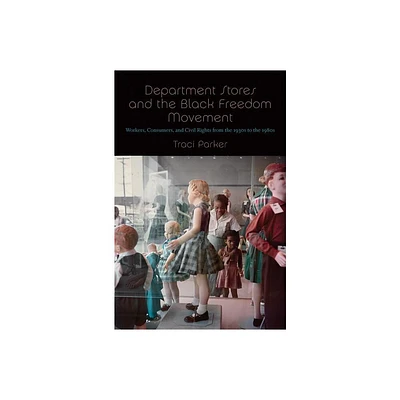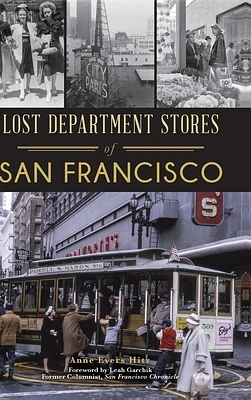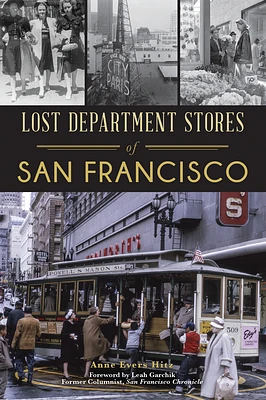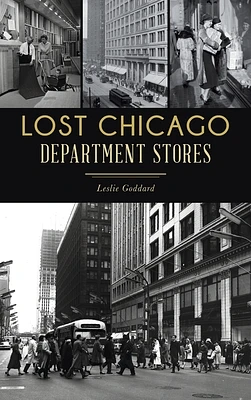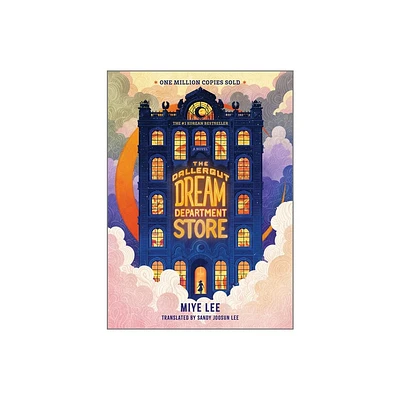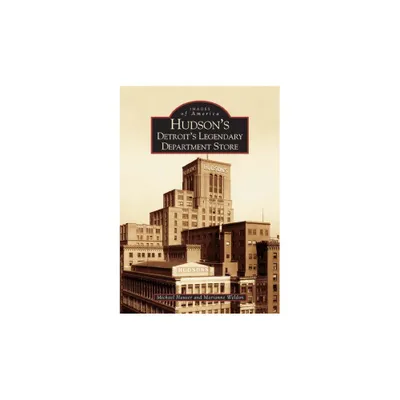Home
Cathedrals of Consumption: European Department Stores, 1850-1939
Loading Inventory...
Barnes and Noble
Cathedrals of Consumption: European Department Stores, 1850-1939
Current price: $44.99


Barnes and Noble
Cathedrals of Consumption: European Department Stores, 1850-1939
Current price: $44.99
Loading Inventory...
Size: Paperback
*Product Information may vary - to confirm product availability, pricing, and additional information please contact Barnes and Noble
Originally published in 1999,
Cathedrals of Consumption
examines the history of the department store. After many decades in which it was almost exclusively historians of retailing and company biographers who were interested in the phenomenon, the department store has now come to attract the attention of historians of culture, consumption, gender, urban life and much more. Indeed, the department store in its classic era of expansive growth has often seemed better than anything else to embody the cultural and social modernity of its time.
The articles in this book range widely in presenting the breadth of these new approaches to department store history. An introductory essay explores the questions that surround the department store from its appearance in the mid-nineteenth century, through its golden age in the decades before the First World War, to the challenges posed in the more competitive world of inter-war Europe. A dozen contributors - writing about Britain, France, Germany, Belgium and Hungary - then examine themes as varied as the new public space which department stores provided for women, the politics of consumption, the architecture of the new stores, the training of the workforce, the cult of shopping, advertising strategies, shoplifting, employer organisations, and the geographical spread of the new stores, while a comparison with eighteenth-century London raises the question of just how new the department store was.
Cathedrals of Consumption
examines the history of the department store. After many decades in which it was almost exclusively historians of retailing and company biographers who were interested in the phenomenon, the department store has now come to attract the attention of historians of culture, consumption, gender, urban life and much more. Indeed, the department store in its classic era of expansive growth has often seemed better than anything else to embody the cultural and social modernity of its time.
The articles in this book range widely in presenting the breadth of these new approaches to department store history. An introductory essay explores the questions that surround the department store from its appearance in the mid-nineteenth century, through its golden age in the decades before the First World War, to the challenges posed in the more competitive world of inter-war Europe. A dozen contributors - writing about Britain, France, Germany, Belgium and Hungary - then examine themes as varied as the new public space which department stores provided for women, the politics of consumption, the architecture of the new stores, the training of the workforce, the cult of shopping, advertising strategies, shoplifting, employer organisations, and the geographical spread of the new stores, while a comparison with eighteenth-century London raises the question of just how new the department store was.

